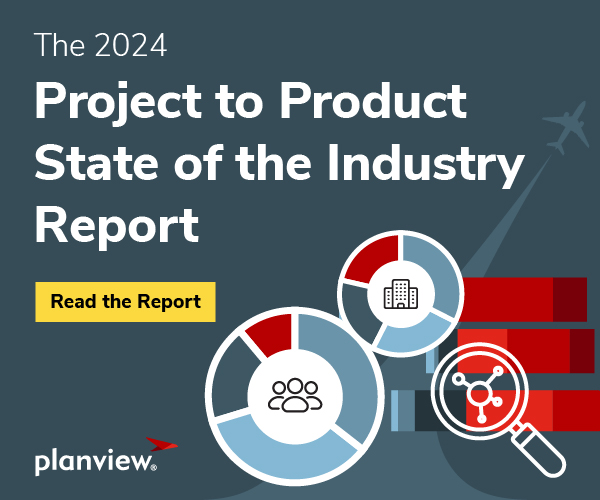
Flow time doesn’t stop the clock just because the weekend rolls around. What flow time does do is help quantify the probability of completing x percent of work in so many days – Dominica DeGrandis, author of Making Work Visible and Principal Flow Advisor at Tasktop
Every second counts in software delivery. That’s why Flow Time (Durée du flux) — the other “money metric” alongside Flow Velocity (Vélocité du flux) — is so important to IT and business leaders. A measure of speed and predictability, this metric tells you if your time to value is getting longer, helping to answer that frequently asked complaint, “Why are things taking so long?” Crucially, Flow Time enables you to be more accurate with your time to market forecasts, improving customer relations and retention, as well as supporting the business in its financial planning.

Flow Time (Durée du flux) helps clear up the confusion that lingers around time measurement in software delivery. In Lean manufacturing, there are two key metrics used for process improvement: lead and cycle time. The former measures the entire process, from the moment a customer first makes a request to completion (in the customer’s hands), and is the only time a customer cares about. The latter refers to the time it takes to complete a step in the process (such as development). The problem with these metrics in software delivery is they’re too ambiguous. Delivery lead time, for instance, is used by DevOps teams, referring to code-commit-to-deploy, measuring only the delivery pipeline on the “right side” of the value stream (the Release stage).

Instead of developer-centric measure of time, we need a customer-centric measure like Flow Time (Durée du flux), which is simply the elapsed time work takes to be completed from the moment it enters the value stream (approved by business stakeholders) to completion (end-user obtaining value from product), including both active and wait states, including weekends and off-hours. By analyzing trends over time, the metric can tell you if your acceleration investments are actually improving your time-to-value. Flow Time (Durée du flux) appeals to business and product owners as it can tell them how long a request takes to be completed once it has been approved, improving the relationship across the aisle. Flow Time enables you to be approximately right, instead of exactly wrong,.
Flow Time in Action
Cut Waste in your Processes for Happier Employees
One software company observed that Flow Time (Durée du flux) for defects was too long. This directly impacted the Flow Load (Charge du flux), with the organization identifying a high defect load across a three week period. Flow Time (Durée du flux) to repair was long and the happiness of both users and testers was at risk. The Value Stream Architect examined the underlying factors and found the bottleneck. They found the longest wait state was in “code review.” Working with the Engineering Lead, they decided to initiate a trial whereby they release low risk defects without a code review, while maintaining the process for more complex code changes. They then monitored the reopen rate to see if it had a negative before doing it at scale. Flow Velocity went up, Flow Load went down (ensuring teams didn’t burn out from context switching) and Flow Time was reduced (from 22 days to 11 days over a two-month period).
A Deeper Drive into Flow Metrics
The Flow Institute offers a range of courses on the Flow Framework and Value Stream Management.

In this on-demand course by Dominica DeGrandis (bestselling author of Making Work Visible) introduces the Flow Metrics, providing a deeper dive into what they are and why you need them. The course explains the theory behind Flow Time, Flow Velocity, Flow Efficiency, Flow Load and Flow Distribution.
Measure What Matters in Software Delivery…
Traditional organizations have no real form of measurement that can tell organizations if investments in their digital transformation are working – until now.
Flow Metrics—from Dr. Mik Kersten’s the Flow Framework®—provide business and IT leadership with a critical window into the enigmatic world of enterprise software delivery.
These business-level metrics provide a common language between business and IT so you can make collaborative decisions around software delivery to achieve innovation velocity.
- Learn more about each Flow Metrics
- Measure what matters in software delivery
- See real-life examples of Flow Metrics in action
- Begin your journey from project to product





